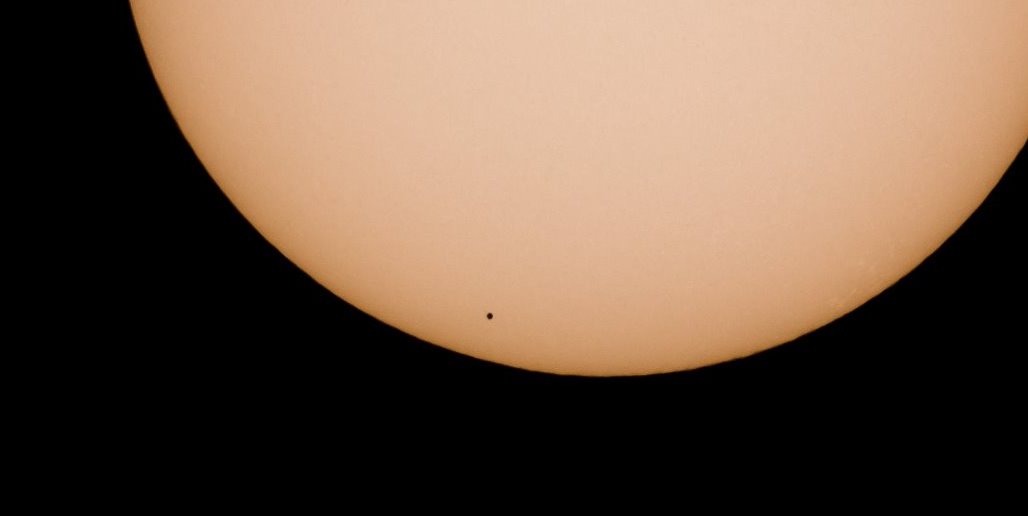
A pale black dot: Mercury transit.
Astronomer Carl Sagan talked a lot about his pale blue dot, our home... well, you could see a pale black dot. Mercury glides past the sun.
2019 © Kathelijne Bonne.
In November of 2019, my computer got flooded by NASA messages and pictures of a fearsome swaying yellow, green-yellow or orange sea of fire from the solar surface (depending on the filter). In front of it, one would almost fail to notice, a tiny black dot that speeds through the sky, or rather through the void of space.
The YouTube images are of course accelerated.
The little dot is Mercury, the planet closest to the sun. It is named after the Roman god of trade, the merchants and the messenger of the gods. Mercury completes its orbit around the sun in only 88 days. What happened on November 11th?
For a couple of hours, Mercury was located between the sun and the earth, causing a so-called transit. With telescopes and other observation methods, but certainly not with the naked eye, a tiny dot can be seen, sliding in front of the solar disk. Due to the transit, the earth receives a little less light during these hours, 0.0026% less sunlight te be precise reaches the earth. Life on earth won't notice, but it's a very important observation.
The capturing of transits is the most common method used by astronomers to discover other planets outside our solar system, so-called exoplanets. Because a star, around which the planets may orbit, emits less light at regular intervals due to the transit of these planets, which can be measured.


Other articles related to Space:
Photo credit:
- Top image: Mercury transit by CyclicalCore / CC BY-SA 3.0.
- Image lower right: Mercury's path across solar disk by NASA Goddard Space Flight Center / CC BY 2.0
